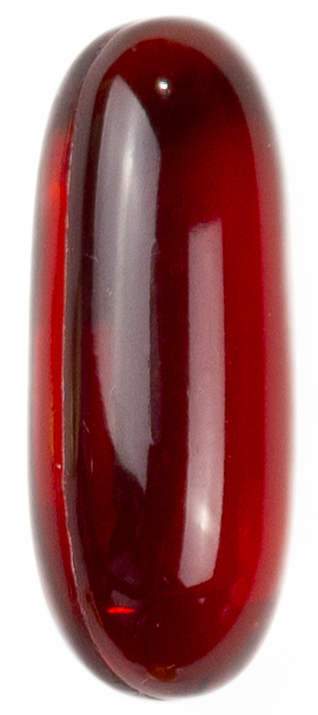2 in 5
are not getting enough omega‑3.
Are you?

Statistics Canada reports…
Only 3% of the population obtains enough omega‑3 through diet and supplementation to protect against cardiovascular disease.
54% are at intermediate risk of cardiovascular disease.
43% are deficient, placing them at a higher risk of cardiovascular issues.
Our bodies cannot make omega-3 on its own, yet it is critical to our health.
How much do we need?
| Guidelines from Naturopathic Doctors, Based on Clinical Studies | |
|---|---|
| Age Group / Description | Omega‑3s per day |
| Children 1‑12 | 300‑1,500 mg |
| Adolescents 13‑17 | 300‑2,000 mg |
| Adults 18+ | 500‑2,500 mg |
| Adults 19+ w/ cardiovascular issues | 1,000‑5,000 mg |
| Adults 19+ with low mood | 1,000‑5,000 mg High EPA |
| Adults 19+ w/ inflammatory condit. | 2,800‑5,000 mg High EPA |
| Adults 40+ for cognitive function | 1,500‑5,000 mg |
What's the ideal omega‑3 daily intake for me?
A general guideline recommended by health organizations is to consume at least two servings of fatty fish per week. Each serving is typically around 3.5 oz or about 100 g. This provides an average of 500 to 1,000 mg of combined EPA and DHA, the two main types of omega‑3s with significant health benefits.
How to optimize your omega intake:
To optimize your omega intake, include fatty fish such as salmon, mackerel, and sardines in your diet, as they are rich sources of omega‑3 fatty acids. Incorporate plant-based options like flaxseeds, chia seeds, and walnuts. Consider using oils like flaxseed oil or algae oil. Aim for a balanced ratio of omega‑3 to omega-6 fatty acids (1:2) by minimizing processed foods and cooking with healthier oils like olive oil. If dietary sources are insufficient, consider adding a supplement.
| Which Fish is the Richest in Omega-3s? (per 4&nsbp;oz Cooked Portion) | |||
|---|---|---|---|
| ❤️❤️❤️❤️ | ❤️❤️❤️ | ❤️❤️ | ❤️ |
| > 1,000 | 500—1,000 mg | 250—500 mg | < 250 mg |
| Anchovies | Alaskan Pollock | Catfish | Cod |
| Herring | Barramundi | Clams | Crayfish |
| Mackerel (Atlantic and Pacific) | Crab | Flounder/Sole | Haddock |
| Oysters (Pacific) | Mussels | Grouper | Lobsters |
| Sablefish (Black Cod) | Salmon (Chum, Pink, and Sockeye) | Halibut | Mahi Mahi |
| Salmon (Atlantic, Chinook, and Coho) | Sea Bass | Perch | Shrimp |
| Sardines (Atlantic and Pacific) | Squid | Rockfish | Scallops |
| Swordfish | Tuna (Albacore/White) | Snapper | Tilapia |
| Trout | Walleye | Tuna (Skipjack) | Tuna (Yellowfin) |
Navigating Omega‑3 Supplementation in Different Diets
The Standard American Diet
Overloaded with unhealthy fats, changing dietary habits can be difficult. Adding an extra omega‑3 supplement is an easy way to help improve inflammation.
The Mediterranean Diet
Credited by many as a key to longevity, it has its challenges. Larger fish may contain increased amounts of various toxins, including mercury. Adding an omega‑3 supplement that is laboratory-tested for purity, potency, and safety from heavy-metal contamination can help you achieve your health goals.
The Vegetarian or Vegan Diet
Due to low conversion of ALA to EPA/DHA, it is critical to consume omega‑3‑rich foods such as flax, walnuts, and chia. Supplementing with plant-sourced omega‑3s can help reach adequate levels for better health.
The difference between
omega-3, -6, -7, and -9:
Omega-3s: Primarily found in fatty fish, flaxseed, and walnuts. Support heart health, brain function, and mood balance; reduce inflammation.
Omega-6s: Prevalent in seeds and vegetable oils, are essential but need to be balanced with omega-3s to prevent inflammation. Support skin health, women's hormonal balance, and heart health.
Omega-7s: Found in macadamia nuts and sea buckthorn oil. Contribute to cardiovascular health, mucous membrane support (digestive and respiratory), and skin health.
Omega-9s: Abundant in olive oil and avocados, promote heart health, support good cholesterol, and may have a role in blood pressure. Can be produced by the body.
Common omega deficiency symptoms:
- Cardiovascular
Ω-3, -6, -7, -9
High triglycerides, total cholesterol, LDL and low HDL, vascular issues - Skin Issues
Ω-6, -7, -9
Atopic dermatitis, psoriasis, acne - Cognitive and Memory
Ω-3 - Joint Pain and Stiffness
Ω-3, -6 - Inflammation
Ω-3, -9 - Eyes
Ω-3, -7
Dry eyes and age-related macular degeneration - Hair
Ω-6
Thickness, texture, and strength - Low Mood
Ω-3 - Digestive Issues
Ω-7 - Hormonal Imbalance
Ω-6
Brain and Heart Health
.png)
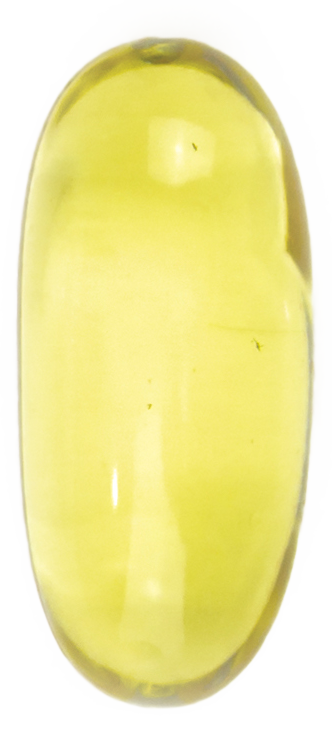
Wild Omega‑3
EPA 660 mg · DHA 330 mg
- Best-seller
- 2:1 ratio
- Fish-based softgel
- 0% porcine or bovine
Available in 60 and 120 softgels
.png)
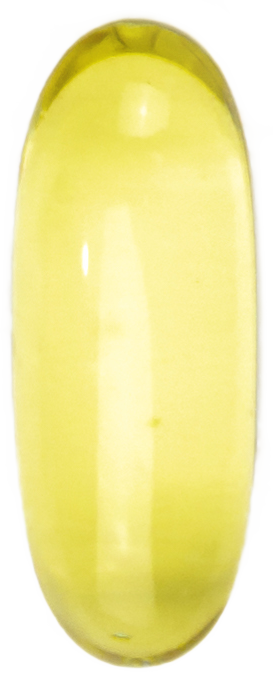
Wild Omega‑3
180 mg EPA · 120 mg DHA
- Our original formula
- 3:2 ratio
- Smaller softgel
Available in 60, 120, and 180 softgels
.png)
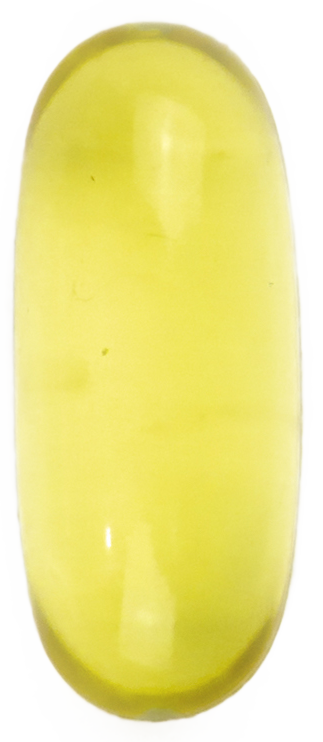
Wild Omega‑3
EPA 660 mg · DHA 330 mg
Lemon Flavour
- 2:1 ratio
- Lemon flavour
- No fishy burps
Available in 60 and 120 softgels
.png)
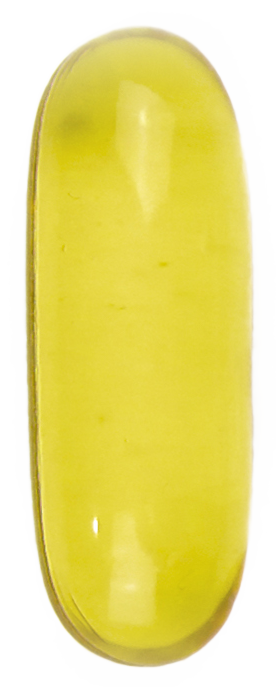
Wild Omega‑3
EPA 330 mg · DHA 165 mg
Lemon Flavour
- 43% smaller softgel
- 2:1 ratio
- Easier swallow
- No fishy burps
Available in 60 softgels
.png)

Wild Omega‑3
EPA 900 mg · DHA 600 mg
Lemon Flavour
- Our strongest
- Liquid form
- 3:2 ratio
- Lemon flavour
Available in 100 and 200 ml
Healthier Skin
Evening Primrose Oil
500 mg (L) or 1,000 mg (R)
- Omega‑6
- 500 mg or 1,000 mg
- Eczema
- Acne
Available in 90 and 180 softgels
Children’s Health
.png)
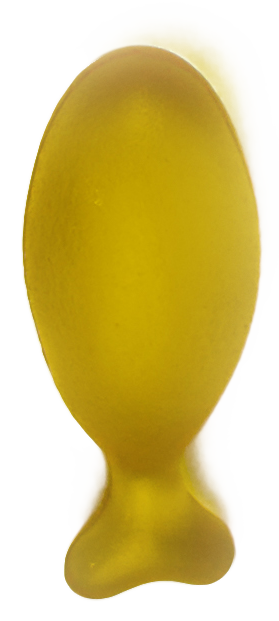
Children’s Omega‑3
EPA 330 mg · DHA 165 mg
- Development of healthy brain,
eyes, and nerves
Available in 120 chewable softgels
.png)
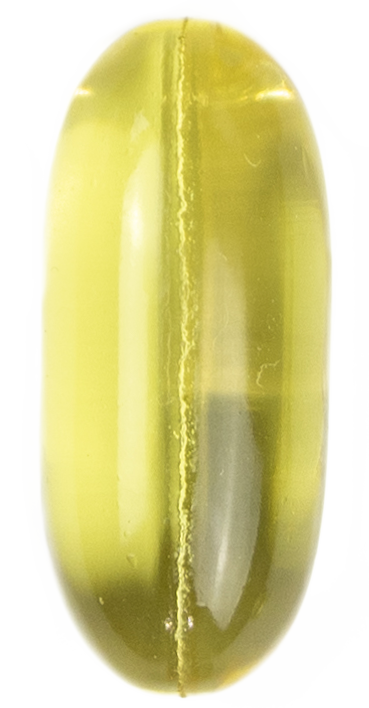
Children’s ADHD Balance
EPA 900 mg · DHA 600 mg
- ADHD
- Improves focus and attention
Available in 120 chewable softgels
Product Safety Testing
We understand the concern over contaminants. We screen our entire selection of omegas for heavy metals, pesticides, PCBs, mycotoxins, microbial contaminants, and more. Presence of these toxins—especially heavy metals such as mercury, lead, cadmium, and arsenic—is tested for in our industry-leading, ISO 17025‑accredited laboratory to meet or exceed Health Canada guidelines. Due to recent questionable practices, we have also started testing our fish oils for radiation.
Mood Balance
Allergies
Black Cumin Seed Oil
500 mg or Extra Strength 1,000 mg
- Allergy support
- Omega‑6 and ‑9
- Mediterranean Nigella sativa
Available in 60 and (500 mg) 120 softgels
.png)

Black Cumin Seed Oil
- Omega‑6 and ‑9
- Reduces allergy symptoms
including inflammation
Available in 100 and 200 ml
Speciality
.png)
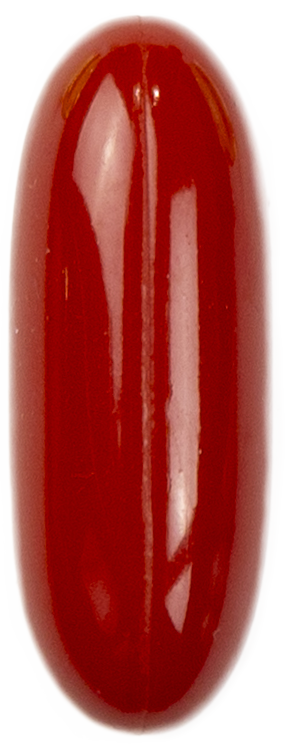
Flaxseed Oil
- A source of
omega‑3, ‑6, and ‑9,
made with cold‑pressed,
organic flax
Available in 180 softgels
It’s All About Quality…
Our state-of-the-art ISO 17025‑accredited laboratory, featuring the most technologically advanced equipment, ensures our omegas meet the highest standards of identity, purity, and potency as every ingredient that goes into our products.
 WHERE TO BUY
WHERE TO BUY

.png)
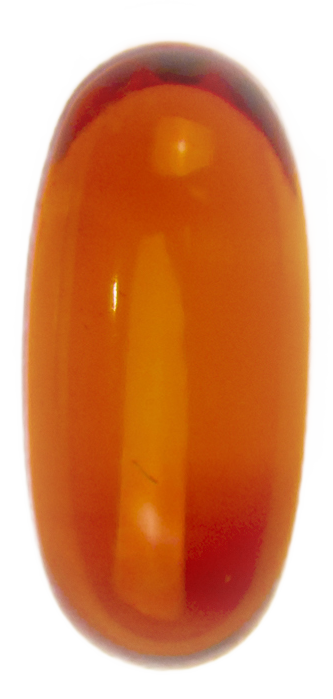
.png)
.png)
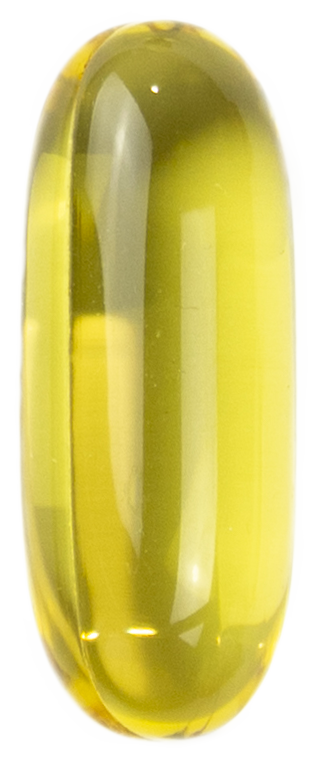
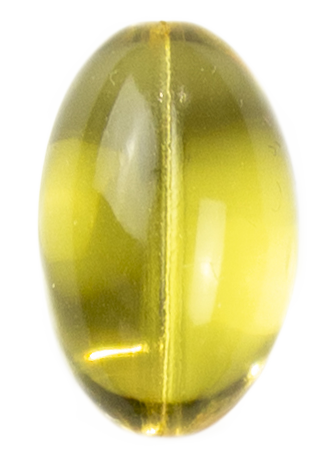
.png)
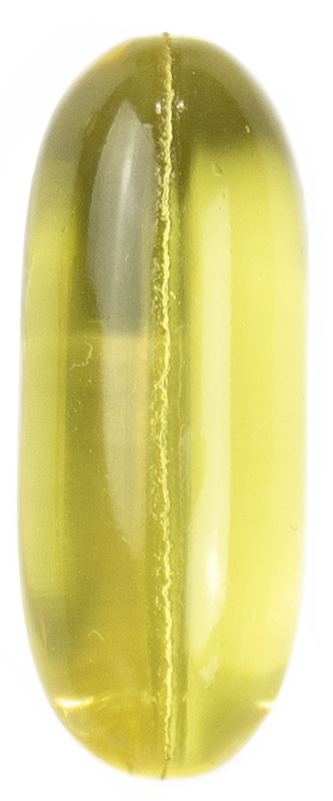
.png)
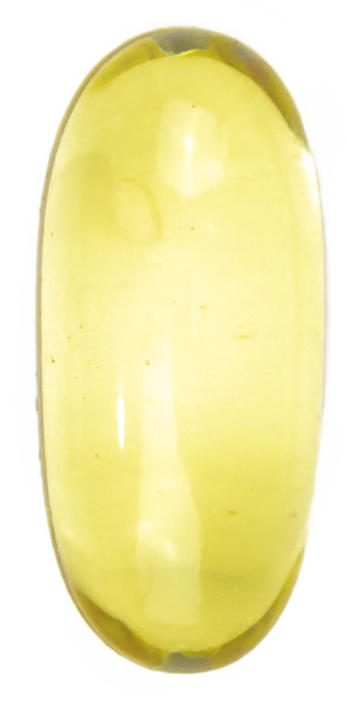
.png)
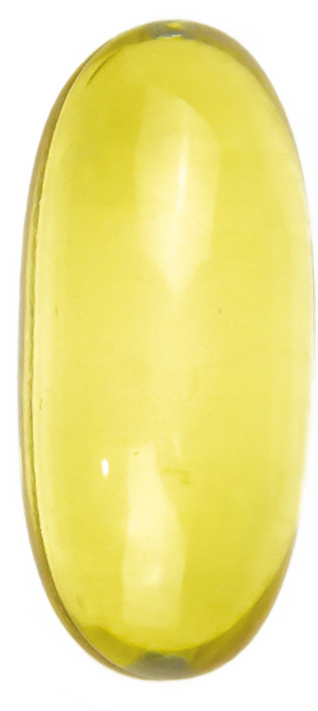
.png)
.png)
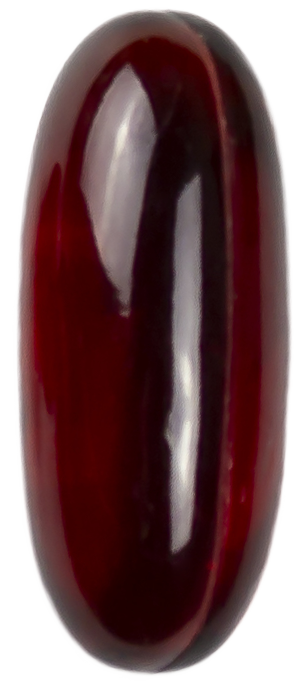
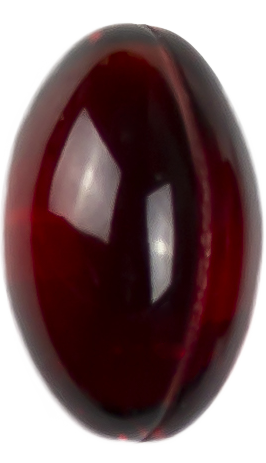
.png)
